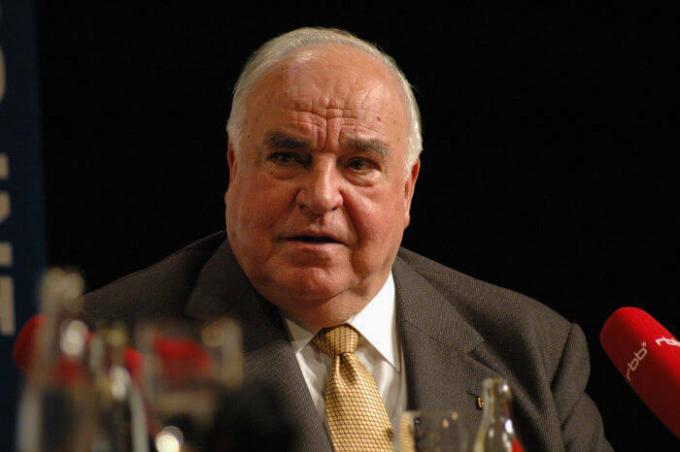In the 1960s, the eyes of the world were turned to a small Central American island that, through an armed revolution, overthrew US political hegemony in Latin America. During that period, the island of Cuba became an enormous political attraction capable of instilling the fear and admiration of many politicians. For the US, that situation posed a serious threat to its economic, political and ideological interests.
It is not by chance that the US authorities sought all ways to contain the consolidation of the Cuban revolutionary state. Without getting a favorable response, President John F. Kennedy decided, in early 1961, to end diplomatic relations with the Cuban government. A few months later, he organized a group of Cuban and US soldiers to overthrow Fidel Castro's government through an invasion of the Bay of Pigs.
The so-called “Attack on the Bay of Pigs” ended up not having the expected effect and the failure of that military maneuver could pose serious risks to US interests. After this incident, Fidel Castro approached the socialist bloc promoting an intense dialogue with Russian President Nikita Kruschev. From this new alliance, a plan was born that materialized one of the greatest political crises of the Cold War.
According to an account, on October 14, 1962, a US spy plane flew over Cuban territory in search of information about the location. On this mission, he collected a series of images of what appeared to be a new military base under construction. After a detailed study of the images, US authorities discovered that the Soviets were installing several missiles capable of carrying nuclear warheads in Cuba.
For the first time, Americans felt threatened by the horrors of the very weapons that led to the nuclear attacks on Hiroshima and Nagasaki. For some analysts, the boldness of the Cuban-Soviet military maneuver could start a new war on a world scale. Thus, between October 16 and 29 of that same year, a delicate round of negotiations was initiated that should contain the threat of nuclear war.
After an intense dialogue, including a meeting between Kennedy and Khrushchev, the Soviets decided to withdraw all those missiles aimed at the leading nation of the capitalist bloc. In fact, the possibility of war was impossible, as both sides had a military power of destruction capable of completely annihilating the enemy. After that, agreements prohibiting the proliferation of nuclear weapons were signed by the socialist and capitalist leaders.
By Rainer Sousa
Graduated in History
Do not stop now... There's more after the advertising ;)
Would you like to reference this text in a school or academic work? Look:
SOUSA, Rainer Gonçalves. "Missile Crisis"; Brazil School. Available in: https://brasilescola.uol.com.br/historiag/crise-dos-misseis.htm. Accessed on June 27, 2021.


